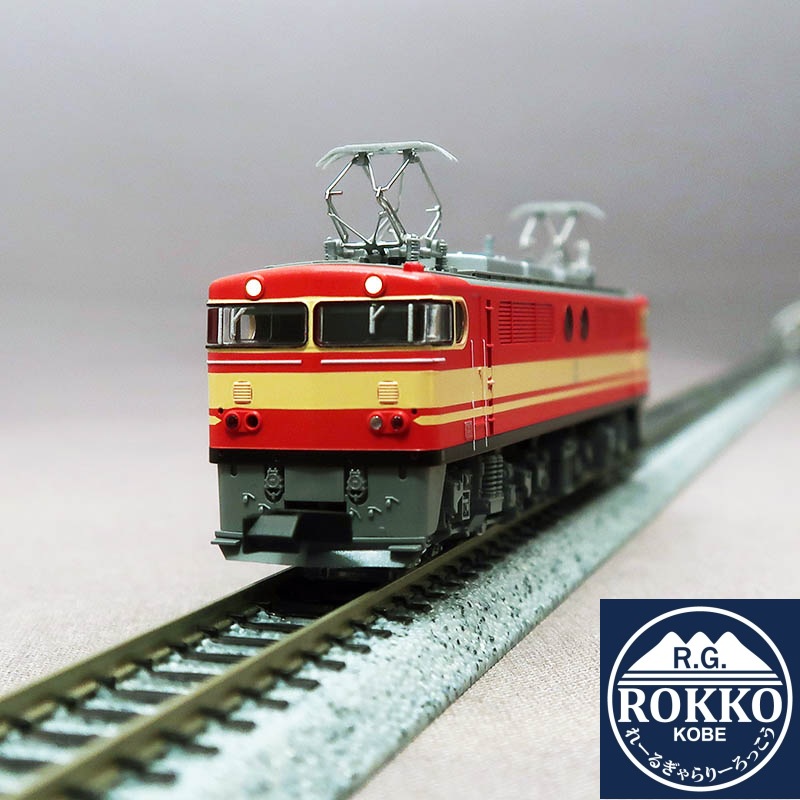(13001-9) Seibu Railway preserved car E854
¥7,020JPY
SKU: KATO 13001-9
Package Volume: 150.00
ItemNumber 13001-9
Seibu Railway preserved car E854
Information
●In October 1969, with the opening of the Seibu Chichibu Line, Seibu Railway built the first private railway F-class (six-axle) electric locomotive, the E851, to transport cement from the Chichibu region in addition to passenger service. Mitsubishi Mining and Cement also built new Taki 1900 tank cars and Teki 401 bogie covered freight cars, and began freight service. Cement trains ran between Higashi-Yokoze (freight station), where Mitsubishi Mining and Cement is located, and between Kokubunji and Ikebukuro. With the opening of the JNR Musashino Line in 1973, the service expanded to run between Higashi-Yokoze and Shin-Akitsu. Due to the continuous gradient of 25‰ (per mille) between Higashi-Yokoze and Ashigakubo, pulling a 1,000-ton freight train loaded with cement required the use of multiple-unit E851 locomotives, the largest and most powerful of any private railway. This allowed for the full-scale freight transport of freight on mountainous routes.
Seibu Railway preserved car E854
Information
●In October 1969, with the opening of the Seibu Chichibu Line, Seibu Railway built the first private railway F-class (six-axle) electric locomotive, the E851, to transport cement from the Chichibu region in addition to passenger service. Mitsubishi Mining and Cement also built new Taki 1900 tank cars and Teki 401 bogie covered freight cars, and began freight service. Cement trains ran between Higashi-Yokoze (freight station), where Mitsubishi Mining and Cement is located, and between Kokubunji and Ikebukuro. With the opening of the JNR Musashino Line in 1973, the service expanded to run between Higashi-Yokoze and Shin-Akitsu. Due to the continuous gradient of 25‰ (per mille) between Higashi-Yokoze and Ashigakubo, pulling a 1,000-ton freight train loaded with cement required the use of multiple-unit E851 locomotives, the largest and most powerful of any private railway. This allowed for the full-scale freight transport of freight on mountainous routes.

